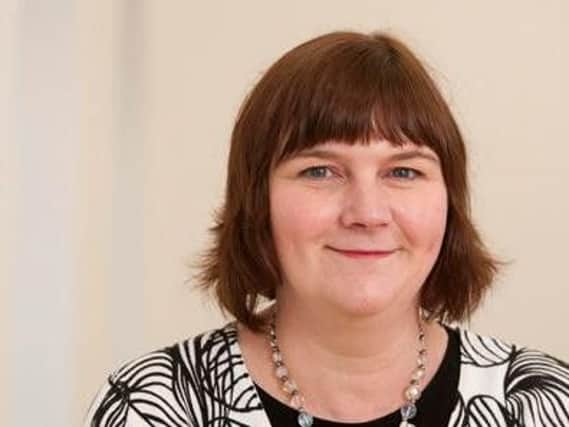Fears for future of Scotland's visual arts scene revealed


Poor pay flevels for working artists and fears about the impact of dwindling resources for galleries and other key organisations are revealed in the new nationwide research.
It calls for a wide-ranging overhaul of the way the visual arts are supported in Scotland if the country is to maintain its position as a “recognised international centre of excellence.”
Advertisement
Hide AdAdvertisement
Hide AdCreative Scotland’s study found that almost half of Scotland’s artists were having to take on additional jobs to make ends.
Self-employed artists are said to be earning an average of less than £15,000 a year, compared to the average Scottish salary of £26,000, with even those work more than 15 years experience behind them struggling on little more than £20,000 a year on average.
The review of the visual arts sector, which is published today, said there was a need to improve the “financial position of the majority of artists” and ensure that the majority of organisations working in the sector were in a stronger position than they are currently.
The report states: “Working in the arts can be financially challenging, with many people finding it difficult to sustain and develop their career without some form of additional income or public/private support.
“The financial difficulties that people experience make it hard to sustain their practice over the long-term and some will opt into other careers. This has the potential to impact on the ambition, diversity and resilience of the sector into the future.
Amanda Catto, head of visual arts at Creative Scotland, said: “The achievements of the sector are down to the commitment, expertise and creativity of the people that work within it.
“For many years there has been a culture of low or no pay within the visual arts which has resulted in a great deal being achieved with limited means. This
practice is becoming less sustainable, and impacts negatively on the high numbers of artists and other creative professionals who are working freelance or self-employed.
Advertisement
Hide AdAdvertisement
Hide Ad“There are a range of important social, cultural and ideological reasons why people work in the visual arts sector, but artists and creative professionals need financial stability and security to thrive.
“Galleries and other visual arts organisations have a critical role to play in supporting and sustaining artists, creating opportunities for their work, and their thinking, to impact on people’s lives.
“Many organisations in the sector are working at the limits of their resources, unable to invest in the development and delivery of their creative programmes and in extending their public reach.
“Pressures are compounded by the fact that the visual arts sector is heavily populated by organisations of a relatively small scale that have limited scope to invest in their development and to build their future, organisational resilience.”